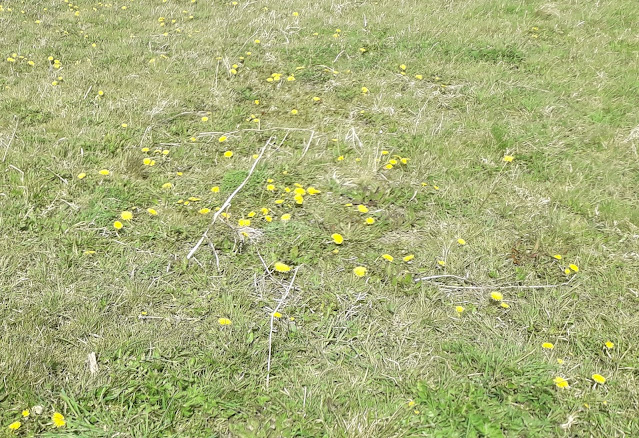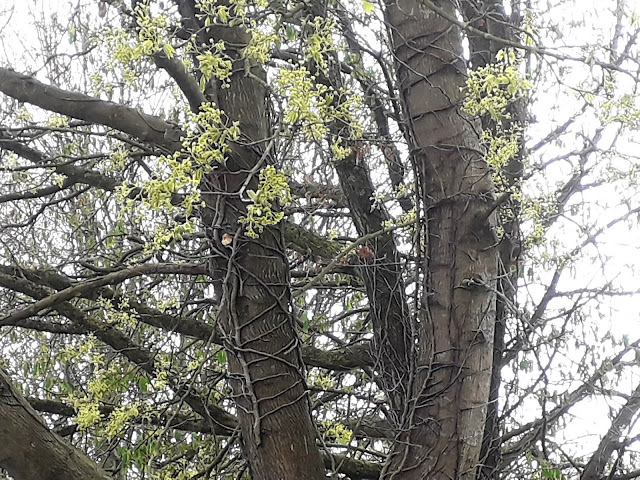News about seasonal changes at Filnore Woods and how to get involved as a volunteer, if you want to. As well as things seen and done at FILNORE WOODS, THE BLOG WILL INCLUDE THINGS YOU CAN SEE IN YOUR STREET OR GARDEN. To get regular updates, you used to be able to enter your email address in "FOLLOW BY EMAIL" (just below on the right) But this seems to have stopped working so GOOGLE 'FILNORE WOODS BLOG' AND FOLLOW 'FILNORE WOODS' ON FACEBOOK
Friday 30 April 2021
GROUND IVY
Thursday 29 April 2021
DAWN CHORUS STARTERS
Sunday 2nd May is the official dawn chorus day this year but if you get up and out by 5.00 pm you can hear it now.
The earliest you will hear are the fluty songs of blackbirds

Monday 26 April 2021
NOTICE THIS
Saturday 24 April 2021
WHY DID THE COW SLIP?
Friday 23 April 2021
Thursday 22 April 2021
SNAPPING BUTTERFLIES
Wednesday 21 April 2021
OAK CATKINS
Tuesday 20 April 2021
Monday 19 April 2021
AN EARLY-FLOWERING TREE
Sunday 18 April 2021
SLEEPING BEAUTY AWAKES
So she is quite easy to catch by placing a glass over her and sliding a card underneath. She'll be a bit dozy anyway until she has stocked up on some nectar.
Wasps are not furry like bees, and they have a very narrow waist. This spring queen is much longer in the body than the workers she will give birth to.
Friday 16 April 2021
Wednesday 14 April 2021
NOT LEAVES BUT FLOWERS
The early trees like elder and hawthorn are well underway but what looks like lime green foliage on the Norway Maple (Acer platanoides) is really the flowers.
VOLUNTEERS BACK AT WORK
Tuesday 13 April 2021
GREEN WYCH CONFETTI
Monday 12 April 2021
JUMPING ZEBRA
Sunday 11 April 2021
DANDELION
 |
The great dandelion flush of April is under way. |
They flower most of the year but now is their peak time.
But I just love to see 'em - except in my flower and vegetable garden at home.
Each dandelion is a great source of nectar for bees and beetles,
Saturday 10 April 2021















































